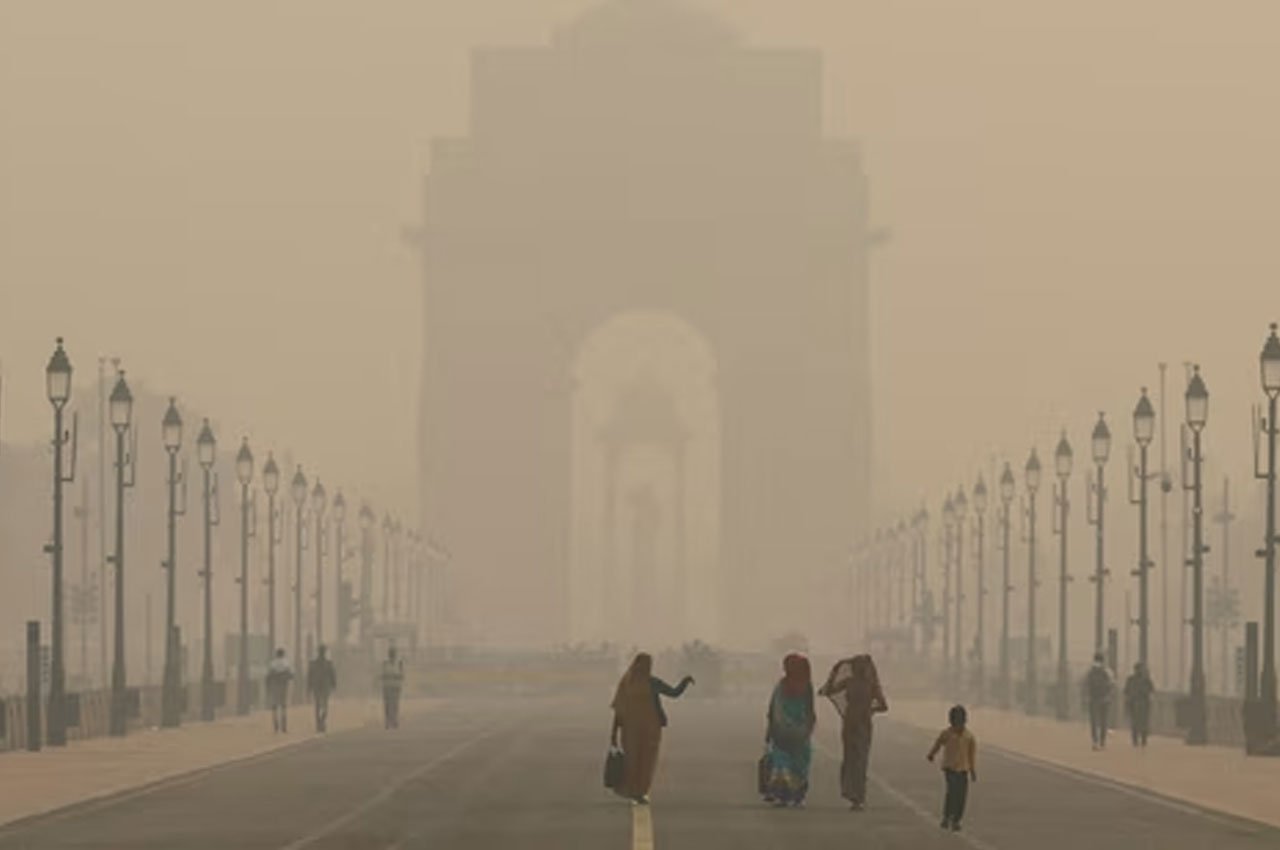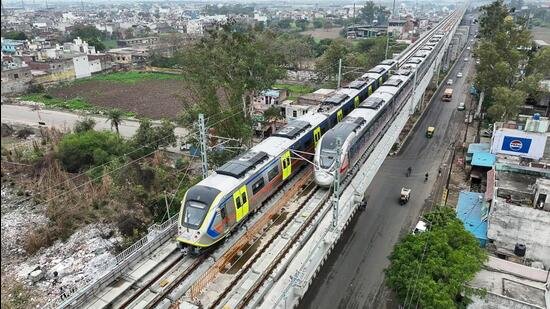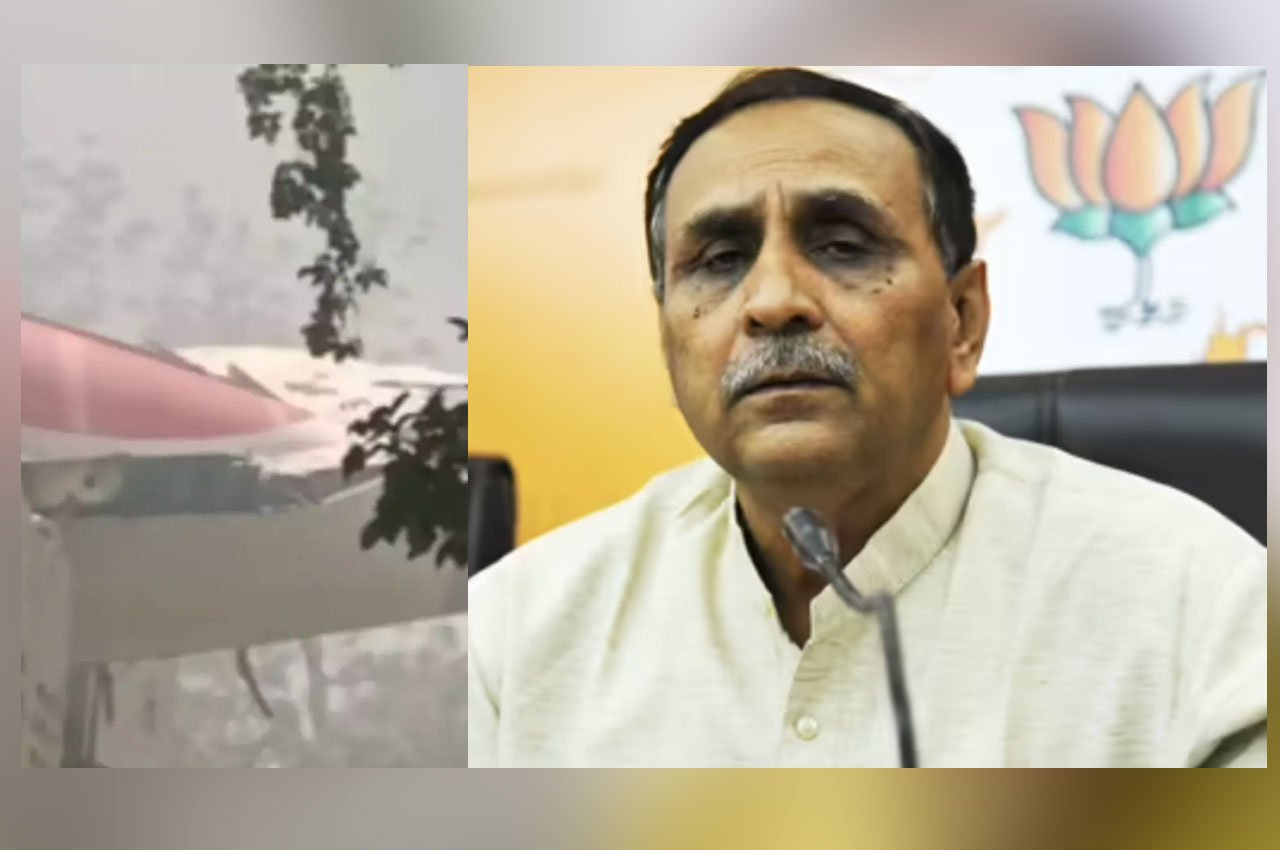In a worrying revelation, Delhi has ranked as the second most polluted city in India for the first half of 2025, according to a new report by the Centre for Research on Energy and Clean Air (CREA). The city recorded an average PM2.5 concentration of 87 micrograms per cubic metre, more than double the national safety limit, reported Hindustan Times.
Byrnihat Claims the Top Spot
Topping the list is Byrnihat, a small industrial town located on the Assam-Meghalaya border. The town recorded an alarming average PM2.5 level of 133 micrograms per cubic metre—making it the most polluted city in the country. Experts attribute this to the presence of dozens of polluting industries and its bowl-shaped geography, which traps harmful air particles.
Other Cities in the Danger Zone
Apart from Delhi and Byrnihat, other cities featured in the top 10 include Ghaziabad, Gurugram, Sasaram, Patna, Talcher, and Rourkela. Gurugram, for instance, recorded PM2.5 levels almost 15 times higher than the World Health Organization’s recommended limit.
The report noted that out of 293 cities monitored across India, nearly 88% had already breached the global air quality safety limits by the end of June.
What’s Causing the Pollution?
In Delhi, the pollution is not just limited to the winter smog or crop-burning season. The report pointed to construction dust, vehicular emissions, industrial activity, and power plants as major contributors. Many of these thermal power plants still don’t have proper pollution control systems installed, worsening the situation.
A National Problem
While Delhi often gets the spotlight for air pollution, the report makes it clear that many smaller towns and industrial hubs are equally, if not more, affected. Byrnihat’s emergence as the most polluted place highlights how the crisis is spreading beyond metro cities.
Health experts have raised alarms about the long-term impact of poor air quality, especially on children and the elderly. The rising levels of PM2.5—fine particles that can enter the lungs and bloodstream—are linked to respiratory illnesses, heart problems, and even reduced life expectancy.
The Way Forward
Environmentalists and public health experts are calling for stricter implementation of pollution control measures and better coordination between local governments, industry, and environmental agencies. They also recommend urgent steps such as upgrading pollution control equipment in power plants, reducing traffic emissions, and improving monitoring in smaller towns.
With more than half the year remaining, experts warn that unless immediate actions are taken, air quality in India could hit even more dangerous levels in the coming months.
Photo Credit: HT
For more India stories click here
Follow us for latest updates:




